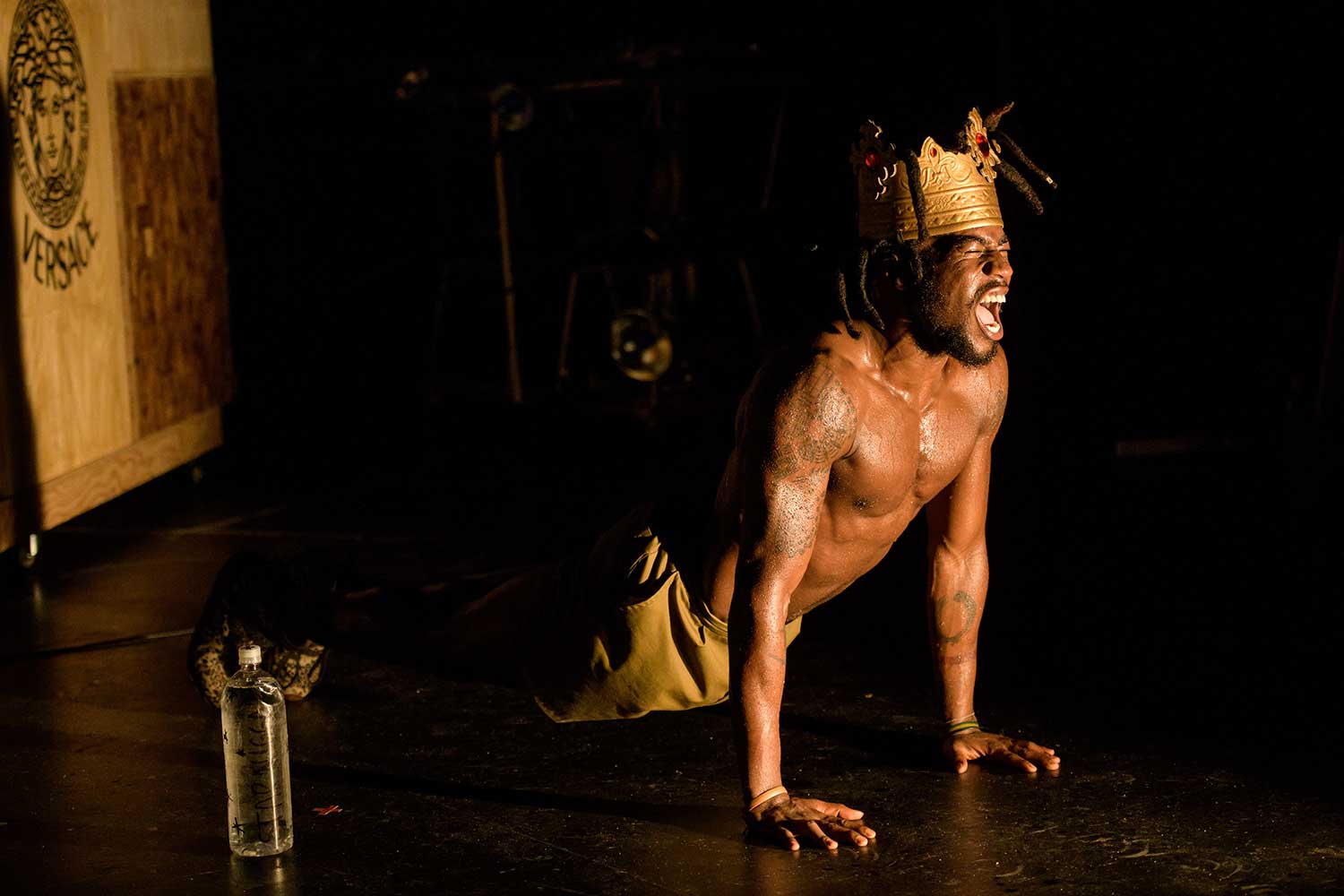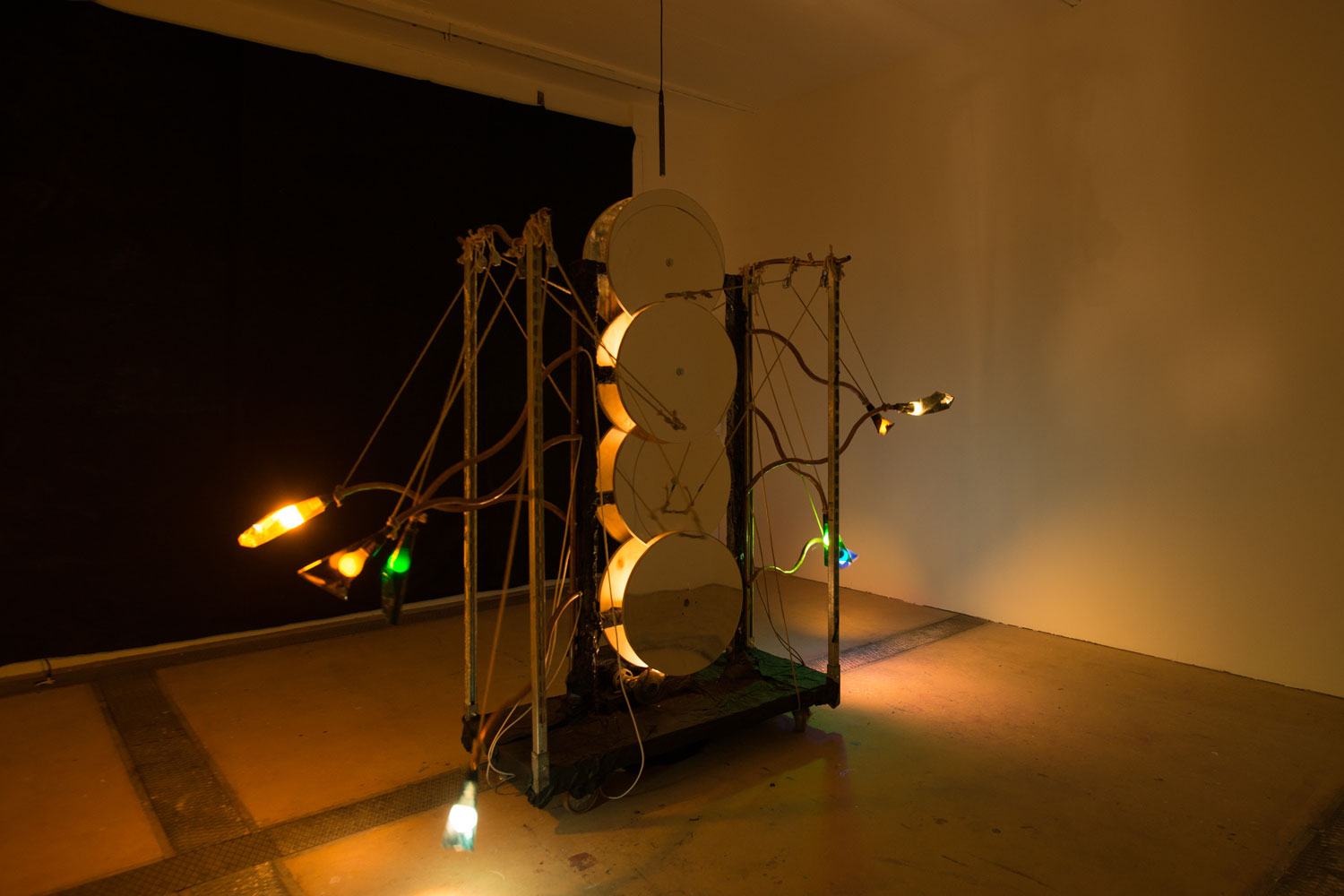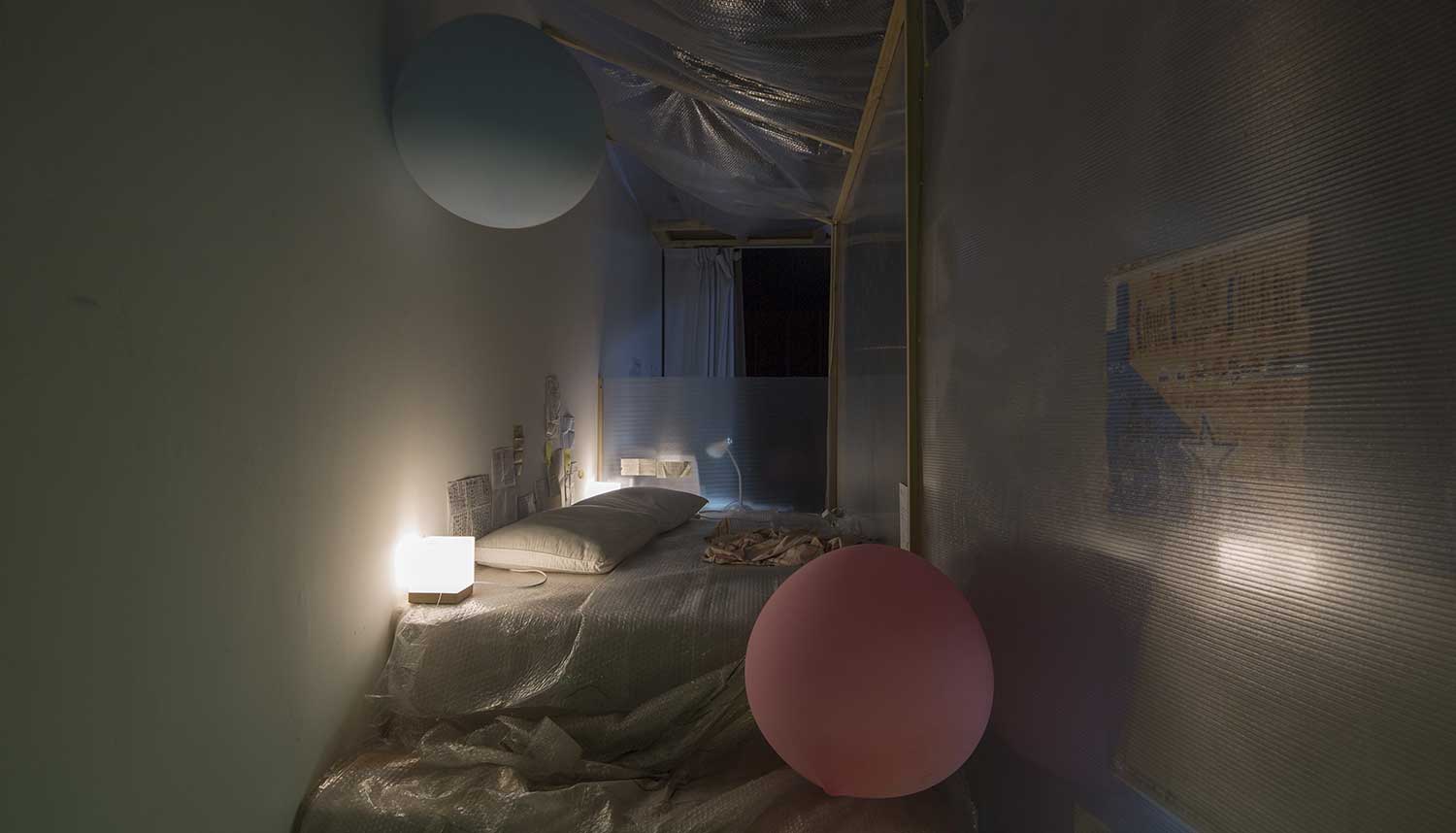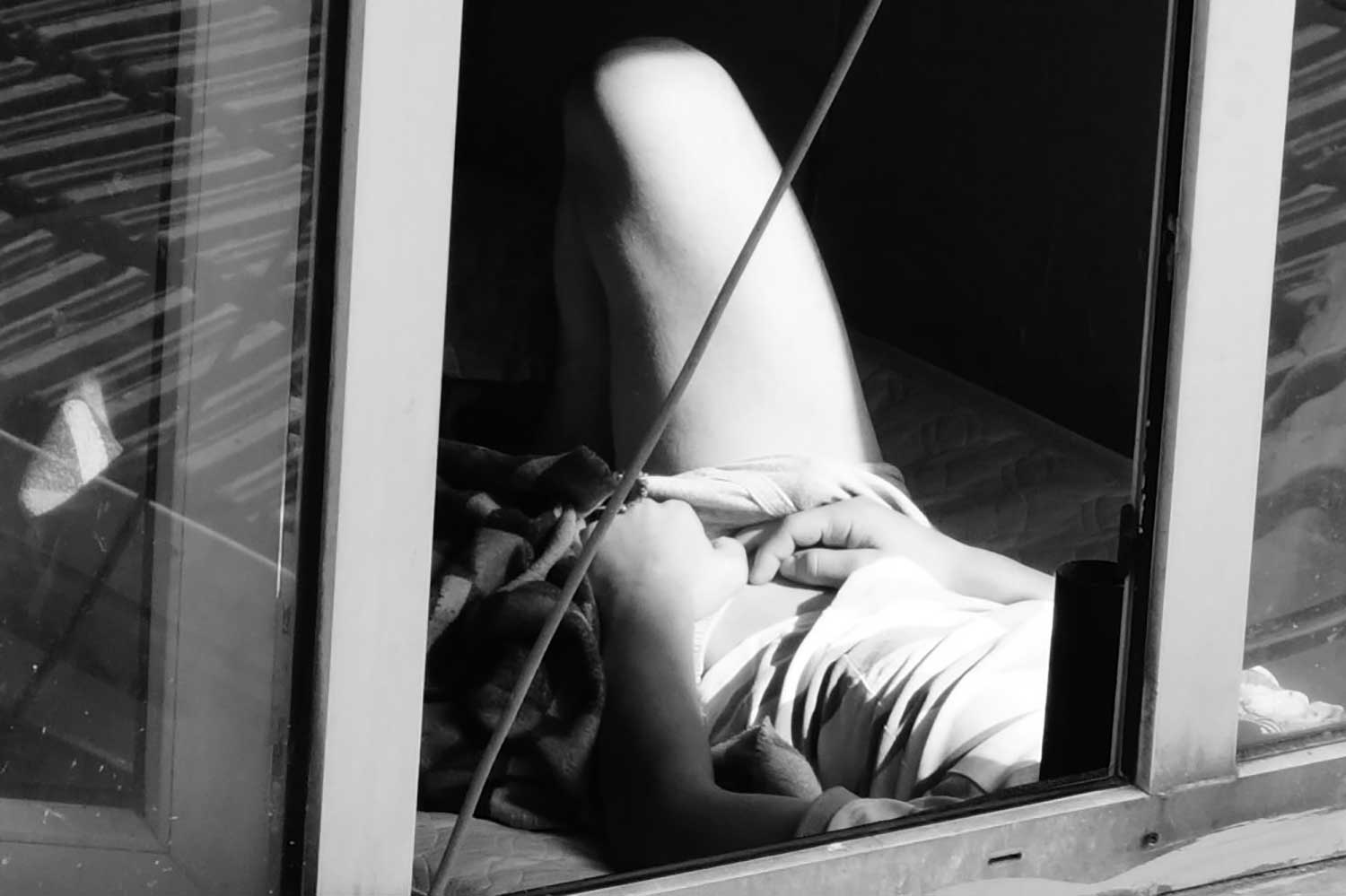This past fall, the Fondazione Prada in Milan hosted “The Black Image Corporation” (September 20, 2018–January 14, 2019), conceived by Theaster Gates. The exhibition considered the image-making legacy of the Johnson Publishing Company, which published Ebony and Jet magazines from 1945 and 1951 respectively. Each was an influential forum for the discussion and dissemination of black American culture. In addition to presenting archival images from the Johnson Collection, the exhibition included a marathon screening program of black film. For the occasion, Flash Art invited Michael Boyce Gillespie to speak with Jon S. Goff, Alessandra Raengo, and Samantha N. Sheppard in response to the film marathon.
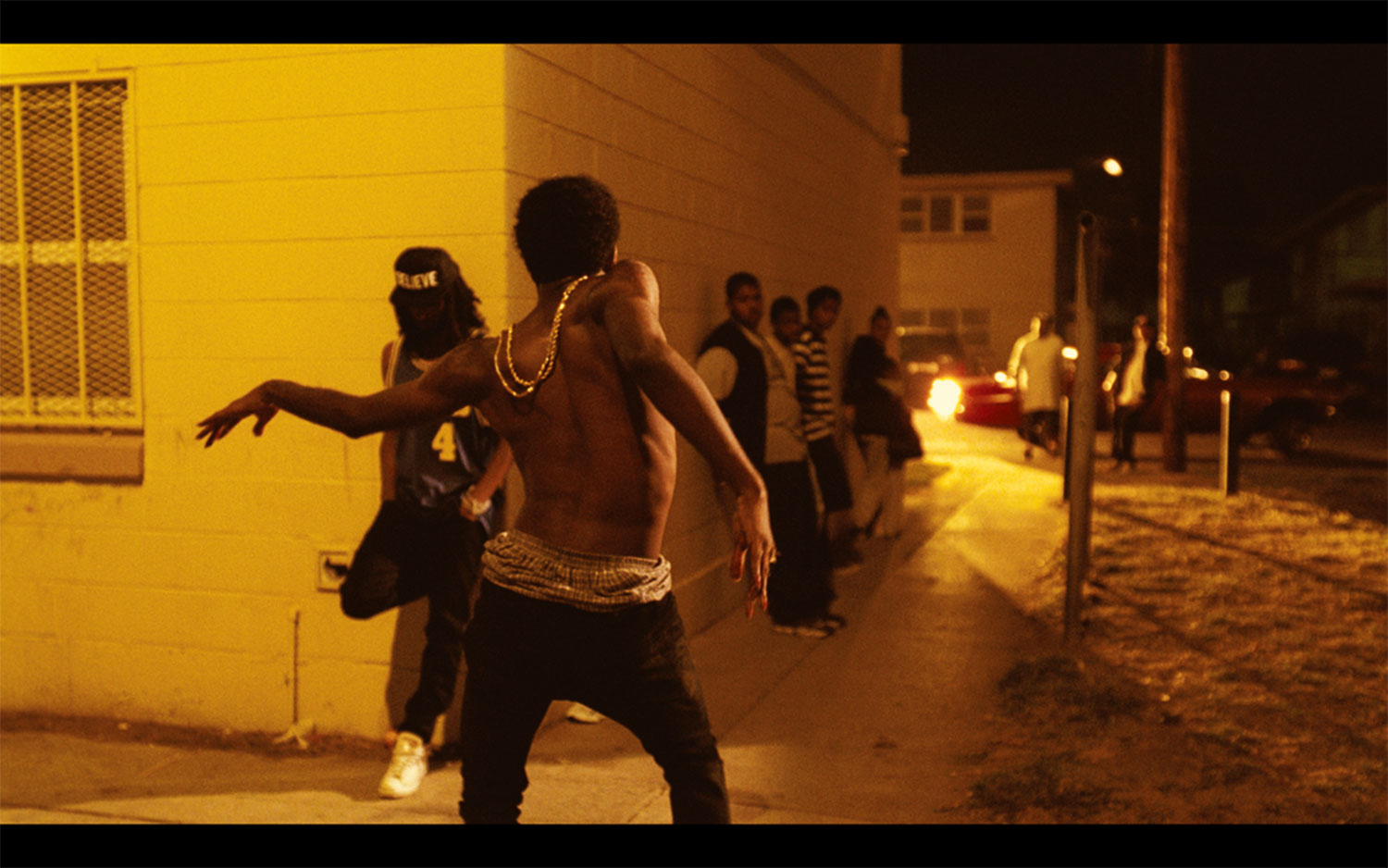
MICHAEL BOYCE GILLESPIE: The immersive experience of a film marathon such as this is a special proposition. It echoes institutional knowledge and a range of ideological investments in the idea of black film. How does the program enact and devise a black film historiography or a history of the idea of black film?[1]
ALESSANDRA RAENGO: There’s an archival logic of accumulation and critical mass in the program’s offering of a film marathon. There’s a built-in expectation of exhaustion and/or endurance with a viewer exposed to many different tonalities of blackness, regardless of (indeed in spite of) any representational concerns.
SAMANTHA N. SHEPPARD: The language of exhaustion and/or endurance is apt here. Temporality functions as multiple forms of engagement: progression, regression, and suspension. There is a non-chronological historiography being constructed through the arc of the films. I think about these films standing out of time, culled and curated by how they shaped and reshaped ideas of black film at the time of their production.
JON S. GOFF: This selection of films relies on ideas of blackness and cultural production. Carmen Jones (Otto Preminger, 1954) and The Defiant Ones (Stanley Kramer, 1958) immediately stand out as outliers, the only two films produced within the Hollywood system and with nonblack directors, which problematizes our understanding of modes of production and cultural perspective.
MBG: How might a consideration of early black cinema inform the current conceptions of black film aesthetics?
SNS: The recently rediscovered thirty-second silent film Something Good – Negro Kiss (William Nicholas Selig, 1898) helps us think about black film aesthetics. The film has been circulating online with composer Nicolas Brittell’s song “Agape” from Barry Jenkins’s If Beale Street Could Talk (2018). The pairing of the two means considering the aesthetics of black love over time. Early black cinema still informs how we think about the complexity of film form, acting, and editing.[2]
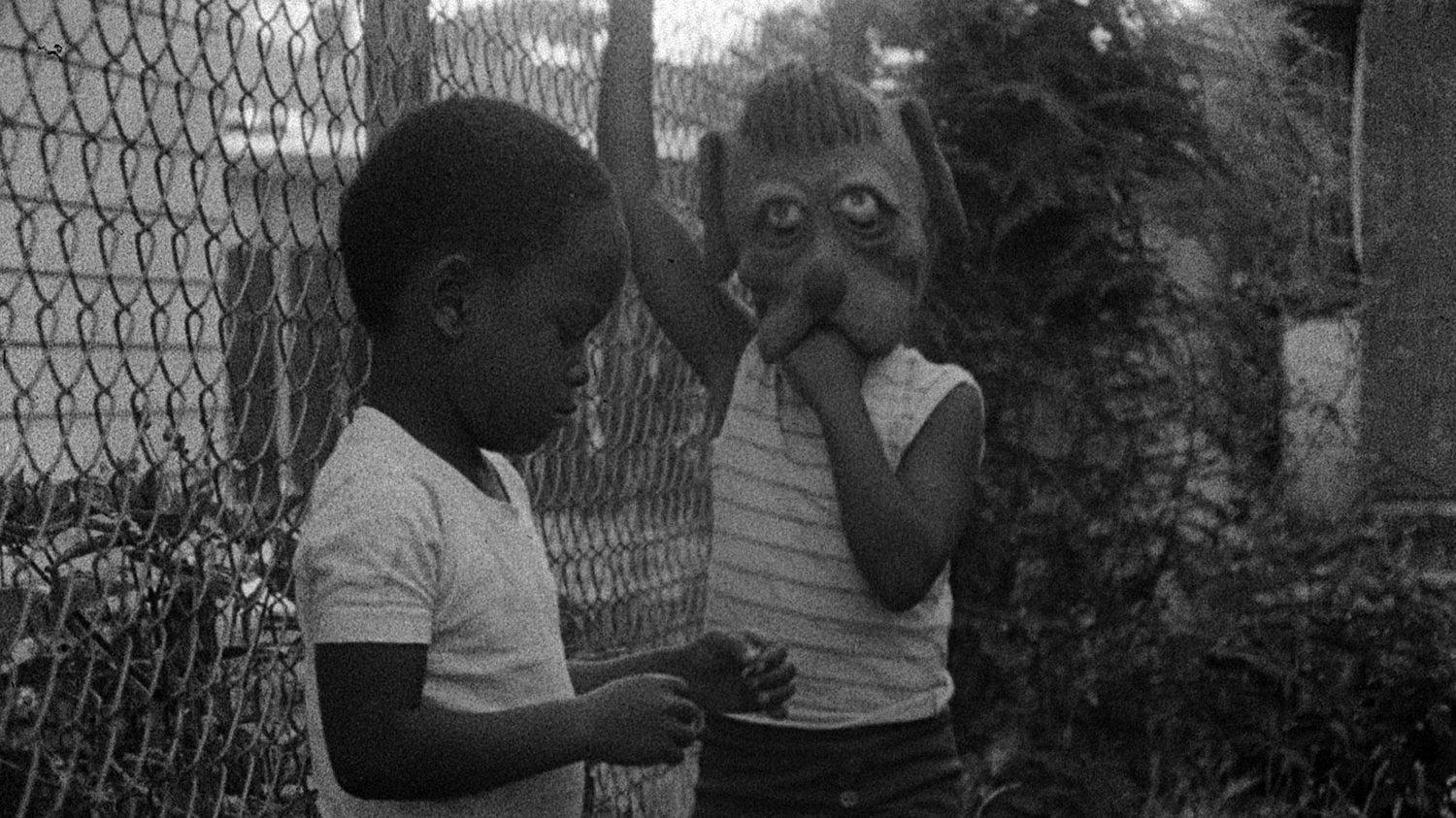
JSG: Something Good – Negro Kiss and the intentionally shelved Lime Kiln Club Field Day (1913) offer a great opportunity to reconsider film history and counter the stereotypical representations of black life that dominated most of the twentieth-century understanding of black film aesthetics.[3]
MBG: Body and Soul (Oscar Micheaux, 1925) endures as an significant expression of the idea of film as black political fabulation in the terms of the “uplift cinema” of the early twentieth century. The film and its starring actor Paul Robeson especially offer a crucial precedent for appreciating the formal and aspirational capacities of black film and media in our contemporary moment.[4]
Carmen Jones requires thinking about the black musical and sonic blackness more broadly. What are the ways that black sound and musicality has been rendered in compelling ways through contemporary film and video?
JSG: This conversation predates Carmen Jones and is rooted in the production of Hallelujah (King Vidor, 1929), the first musical with an all-black cast. Both rely on large ensemble casts of black people with little nuance or inclusion of the factors that shape the respective settings. All this occurred while relying on the archetypes to propel the storyline.
SNS: This has me thinking about music videos and the range of films produced by/starring black musicians (e.g. Belly, Idlewild, Paul Robeson films). The black musical and sonic blackness gives us a chance to recognize how black music has been rendered in other forms of artistic practice, specifically dance from the Nicholas brothers to Bill “Bojangles” Robinson to Savion Glover in Bamboozled (2000).
AR: I love this point about black dance and in particular the masters of tap dancing. I always think about how black movement and the black voice were harnessed in the transition to sound cinema in order to cover over the difficulties of the cinematic apparatus and produce an effect of “liveness.” In the contemporary moment, Arthur Jafa is the artist most vocal about how synchronization has stifled the expression of other creative possibilities that are available in black culture.[5]
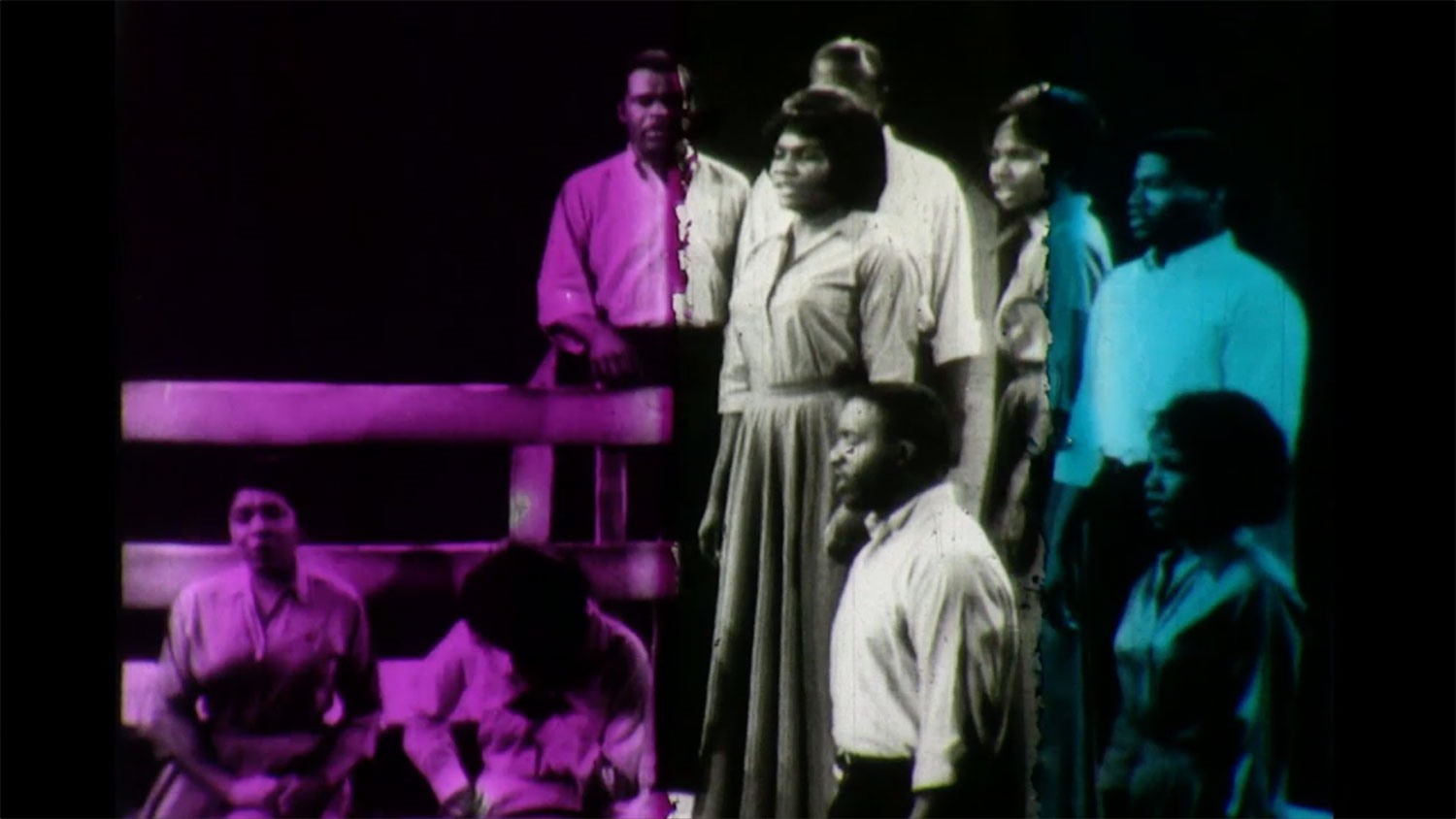
MBG: How has the common understanding of the L.A. Rebellion benefited from the increased circulation of the work, its greater availability, and new scholarship?[6]
SNS: The juxtaposition of Killer of Sheep (Charles Burnett, 1977) and Daughters of the Dust (Julie Dash, 1991) marks the edges of the L.A. Rebellion, especially since Dash’s film has been called “the maturation of the L.A. Rebellion agenda.”[7] The film is beautiful solo work and a synthesis of independent black filmmaking practices. Also, it’s interesting how Charles Burnett is both prolific and, for many, relatively unknown despite his genius and artistry. His work has produced a cinema devoted to blackness as a visual grammar. At the same time, his significance is a reminder of the unheralded and even more obscure work of other L.A. Rebellion filmmakers brought to light by the UCLA Film & Television Archive’s L.A. Rebellion preservation project.[8]
AR: Killer of Sheep and Daughters of the Dust are shown back to back, acting as bookmarks of the L.A. Rebellion as a laboratory of black expression that has transcended its historical moment. The same scenario has occurred with the “pedagogy lab” at Howard University as channeled through Haile Gerima’s influence at his decades-long teaching post there. This last point is most evident in music video through cinematographers and filmmakers such as Ernest Dickerson, Malik Sayeed, Arthur Jafa, Bradford Young, and now, Jenn Nkiru.[9]
JSG: There’s still a dearth of understanding of the scope of the L.A. Rebellion, particularly the women filmmakers that are a part of that movement, because most of their works were short films. Another thing that strikes me is the fluidity by which the rebellion-era filmmakers collaborated with each other while alternating roles. I’m thinking of the performances by actress Barbara O. and how she operated as a collaborator with several filmmakers, transforming her roles according to her understanding of filmic language.[10]
MBG: How has the place of Do the Right Thing (Spike Lee, 1989) in discussions of black film aesthetics, political art, and black resistance changed? What does it mean to revisit 1989 in 2018?
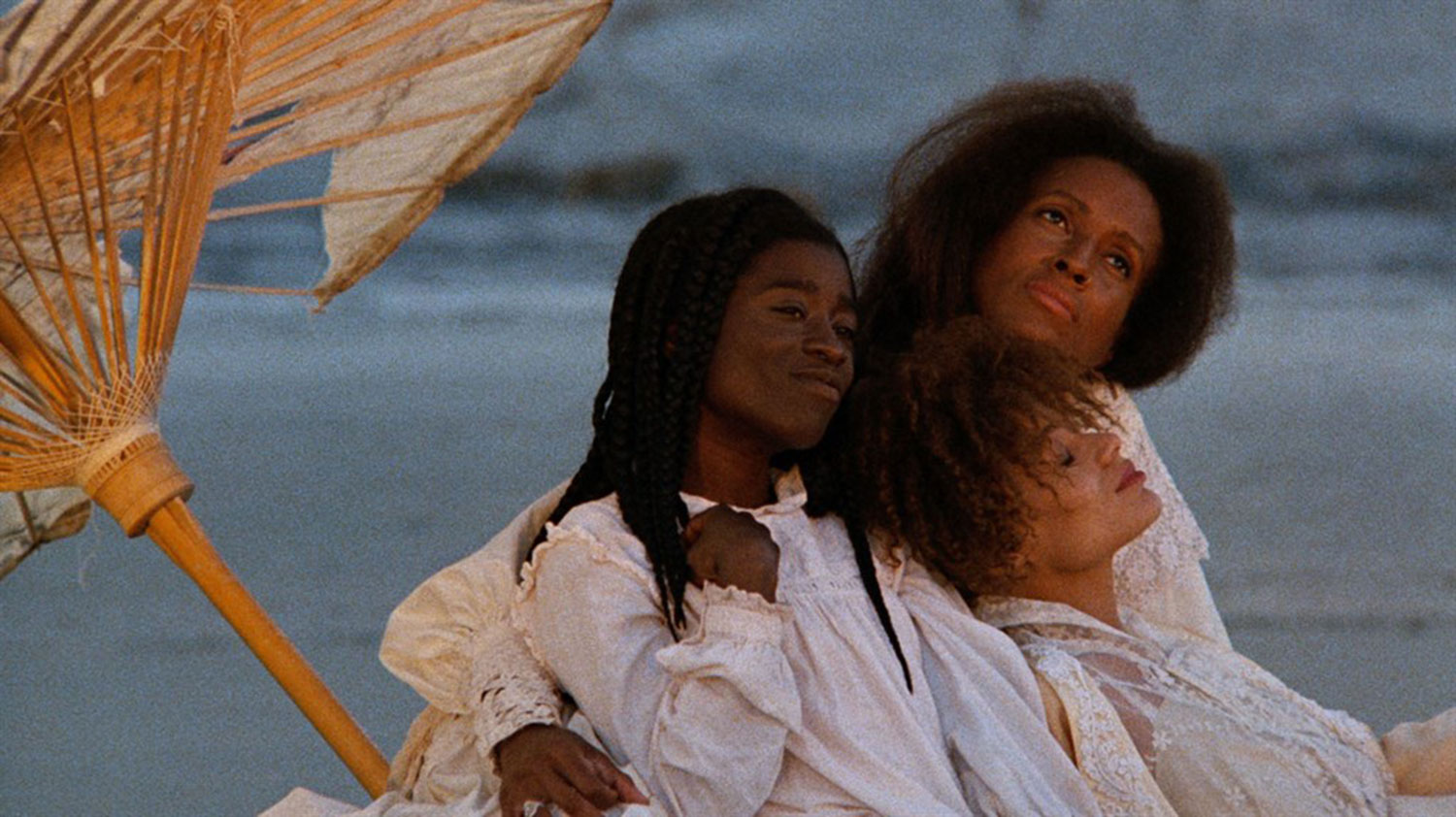
SNS: I have been deeply and profoundly undone by the diffusion of images of black death that have saturated our mediascape. I think this current moment shapes the way we can consider the urgency, politics, and visuality of Do the Right Thing. This is especially the case in the wake of Lee cutting footage of Radio Raheem’s death with the murder of Eric Garner. It was done, in part, to show that nothing is different from 1989 to now. The mix of Raheem and Garner harkens back to the documentary impulse evident throughout Lee’s film.
AR: I agree. The political urgency of the film continues to grow, and for all the wrong reasons. Yet, the film’s importance in terms of aesthetics and style remains unmatched, regardless of how intensely it might be speaking to the present moment. Lee enacts a politics of form or politics as form. This is one of the film’s most enduring legacy: one built on all the antirealist elements in the film.
MBG: The distance between a call to vote for David Dinkins at the close of the film to Lee’s re-edit and the film’s Black Lives Matter reframing is quite poignant. Do the right thing? It remains a question masquerading in the form of a call to action. It thrives in ways too irresolute to be strictly provocative protest.
What might thinking about I Am Not Your Negro (Raoul Peck, 2016) suggest about the current state of black documentary?
JSG: The documentary form has reached a critical juncture. Peck acknowledges that I Am Not Your Negro is not a documentary film, it is an imagined completion of Baldwin’s text using documentary form. Yance Ford’s Strong Island (2017) is a cinematic feat, deeply personal and technically flawless. Ava DuVernay’s 13th (2016) has circulated in a way that “traditional” documentary hasn’t since the early days of black public television programming.

SNS: Black documentary right now is quite exciting and definitely at a critical juncture. I see that with Ezra Edelman’s O.J.: Made in America (2018). At nearly eight hours long, the film is a cinematic feat, providing a compelling and exhaustive read of the infamous football star.
MBG: Thinking about I Am Not Your Negro also means thinking about James Baldwin’s The Devil Finds Work (1976), a text featured prominently in the film to organize Baldwin’s social and cultural criticism through a history of American cinema. With Barry Jenkins’s adaptation of Baldwin’s If Beale Street Could Talk and Hilton Als’s group exhibition devoted to Baldwin, on view at David Zwirner, New York, also in mind, it’s clear Baldwin’s work will continue to significantly inform our contemporary discussions of the idea of black film and black visual culture in general.[11]
AR: The experimental and stylistic freedom that the documentary form has displayed in recent years suggests an invigorated sense of balance between aesthetics and politics that does not have to be subordinated to predetermined generic expectations and yet does not blunt the indictments contemporary documentaries make. Also there’s Bradford Young’s Black America Again (2016), which accompanied the release of Common’s album by the same title. It was shot in Baltimore on the location of Freddie Gray’s fatal “rough ride.” Is it a documentary or a music video? This ambiguity truly serves the work.
MBG: Commenting on the Johnson archive, Theaster Gates stated, “the archives speak about beauty and black female power. Today it seems to me a good time to dig into the visual lexicon of the American book and show images that are rarely seen outside of my community. I wanted to celebrate women of all kinds and especially black women.”[12] Could you speak about any equivalent ideas with regard to black women filmmakers and the legacy of Daughters of the Dust?
JSG: Julie Dash’s work is perennial and foundational. Looking to Dash’s short films that preceded her first feature, there is evidence of an early mastery of form that was ultimately met with resistance by the film industry. Also, discussing black women filmmakers solely in terms of celebrating black women ignores the technical expertise of the directors. I believe that Dee Rees may be one of the most underrated storytellers of our time.
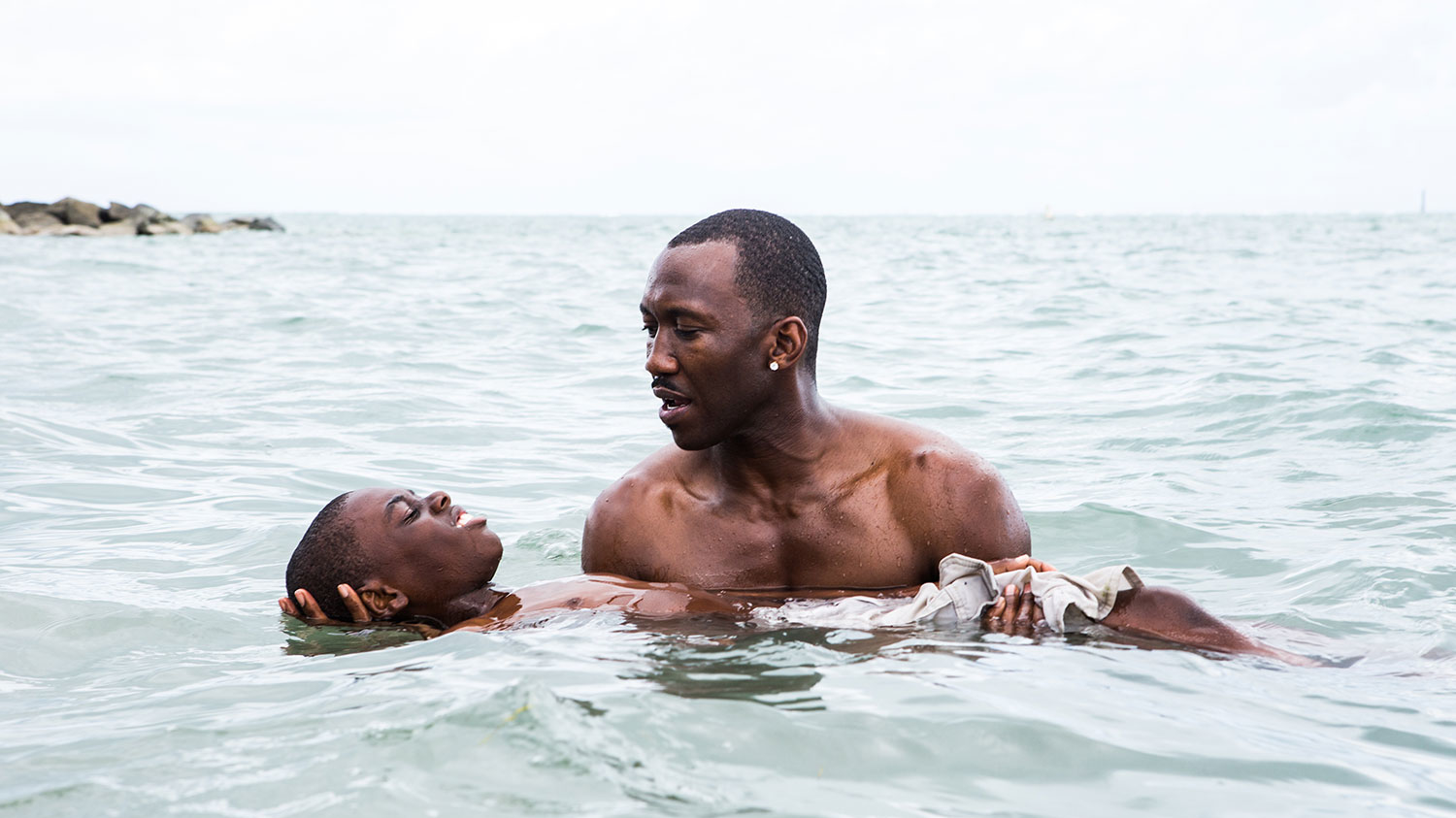
SNS: When we talk about Daughters of the Dust, it’s also important to think about the work of fellow L.A. Rebellion filmmakers like Barbara McCullough, Alile Sharon Larkin, and Zeinabu irene Davis. But we also need to consider a range of black women working in the visual arts and on television today, particularly Mara Brock Akil, and even Shonda Rhimes.
AR: Beyoncé’s Lemonade (2016) and Kahlil Joseph are central to the resurgence of interest in Daughters of the Dust, although it’s also important that the work of experimental filmmakers such as Barbara McCullough is being shown again in the context of a renewed interest in the so-called “Black Arts West.”[13] I am also thinking about women filmmakers such as Melina Matsoukas and Ava DuVernay because of their work in television (e.g. Insecure and Queen Sugar). This body of film work is another archive of “black female beauty” that parallels the Johnson archive.
MBG: The resurgence of Daughters of the Dust coupled with the revival of Kathleen Collins’s Losing Ground (1982) has been quite consequential in revising and expanding the writing of a history of black women filmmakers in terms of the influence of this work on current filmmakers. The work of the New Negress Film Society in New York City and their focus on a nonclassical and womanist film practice speaks to this legacy.[14]
In conclusion, do you have any thoughts about black experimental/avant-garde or nonclassical film? The idea of black film demands more ambivalence in the sense of defying the expectation that this brand of cinema be equivalent to the lived experience of race. For example, Kevin Jerome Everson’s exquisite work always insists on considering blackness as a formal practice and not just a measure of content alone. Are there filmmakers that you see as distinct from and/or complementary to the screening program’s statement to “provide insights into alternative, controversial, and radical narratives of black people over the last nine decades of American history”?

AR: I am immensely fascinated by Kahlil Joseph’s work and I still think he is the filmmaker who has done the most to bring the music video into the art gallery. The two companion pieces, Fly Paper (2018) and Black Mary (2017), commissioned as an homage to the photography of Roy DeCarava, which he said are part of the “same narrative universe,” unleash in durational time the rhythm and flow of jazz DeCarava conveyed in his still photography.[15]
SNS: I’m excited about Terence Nance’s work and looking forward to seeing what he’ll bring to a studio pic like the sequel to Space Jam. His work to “shift consciousness” with his Random Acts of Flyness (2018) is ambitious, innovative, and provocative.
JSG: Cauleen Smith, Ephraim Asili, and RaMell Ross come to mind. Although a sculptor by trade, Simone Leigh’s short films are exciting because of the way they are posited within her larger body of work about black women, healing, and trauma. Leigh’s most recent video work, Untitled (M*A*S*H) (2018), was shot by Bradford Young. The film brings together a mastery of texture and transcendent performances.
MBG: Thanks so much for all your thoughts. I appreciate the way you all ascribe new values to the idea of black film by reconsidering the rules of engagement with attention to aesthetics, politics, history, performativity, and culture. Black film is art — an enactment of black visual and expressive culture. I’m thrilled by the ways you’ve all spoken to that point and avoided the lazy and reductive speculations of black film = black people, spectatorial fantasies of authenticity and truth, and most especially the dead-end binary of positive/negative representation. The idea of black film is always a question, never an answer. Bookended by Oscar Micheaux and Barry Jenkins, the marathon conceit of this screening program enacts an almost one-hundred-year arc of the idea of black film. This historiography demonstrates a rich multitude. 2018 alone was a testament to this point, and as we’ve mentioned throughout our conversation, there is much to look forward to and revisit.

